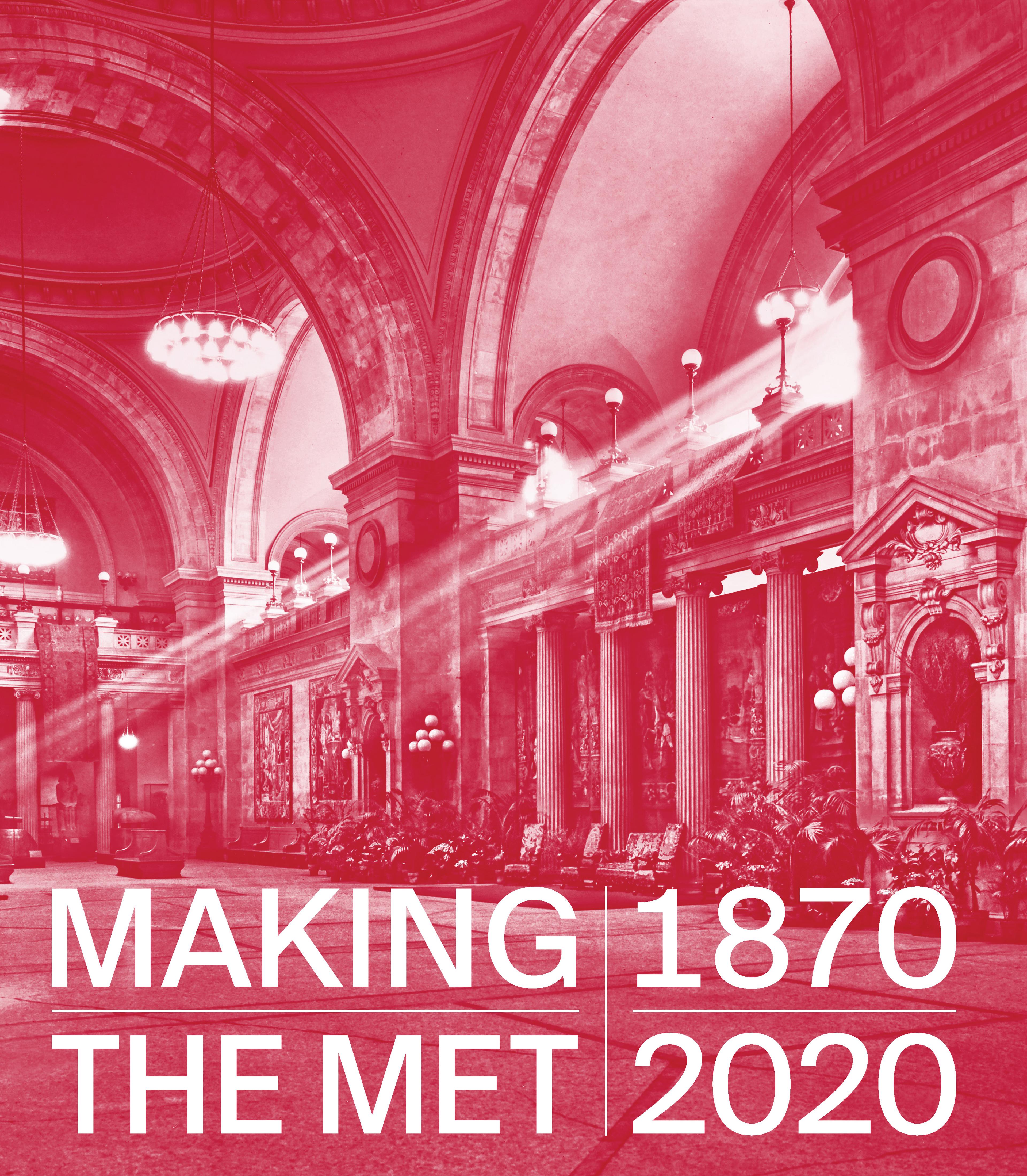Set of Saddle Plates
This set of saddle plates represents a high point in the medium of pierced ironwork, equaling or excelling anything of its type. Each plate is chiseled from a single piece of iron. The long, thin four-clawed dragons, carved in high relief in great detail, are cut entirely free from the surrounding scrollwork ground so that they can move slightly within it. The scroll patterns are undercut to give the appearance of depth and overlap, in addition to the areas where the bodies of the dragons actually do overlap. There is a Wish-Granting Jewel motif made with pieces of blue and green turquoise set in shaped compartments in the center of both the pommel and the cantle, and scattered lotus blossoms made in the same way. The outer edges of the plates are bordered by rows of semicircular pieces of lapis. The iron surfaces of the plates are damascened completely with gold foil, and the precision and fineness of the cross-hatching beneath the gold are exceptional.
Artwork Details
- Title: Set of Saddle Plates
- Date: ca. 1400
- Culture: Tibetan or Chinese
- Medium: Iron, gold, lapis lazuli, turquoise
- Dimensions: H. 10 7/8 in. (27.6 cm); L. 23 1/2 in. (59.7 cm); W. 13 3/4 in. (34.9 cm); Wt. with mount 14 lb. 15.2 oz. (6780g)
- Classification: Equestrian Equipment-Saddles
- Credit Line: Purchase, Gift of William H. Riggs, by exchange, and Kenneth and Vivian Lam Gift, 1999
- Object Number: 1999.118a–g
- Curatorial Department: Arms and Armor
More Artwork
Research Resources
The Met provides unparalleled resources for research and welcomes an international community of students and scholars. The Met's Open Access API is where creators and researchers can connect to the The Met collection. Open Access data and public domain images are available for unrestricted commercial and noncommercial use without permission or fee.
To request images under copyright and other restrictions, please use this Image Request form.
Feedback
We continue to research and examine historical and cultural context for objects in The Met collection. If you have comments or questions about this object record, please contact us using the form below. The Museum looks forward to receiving your comments.
